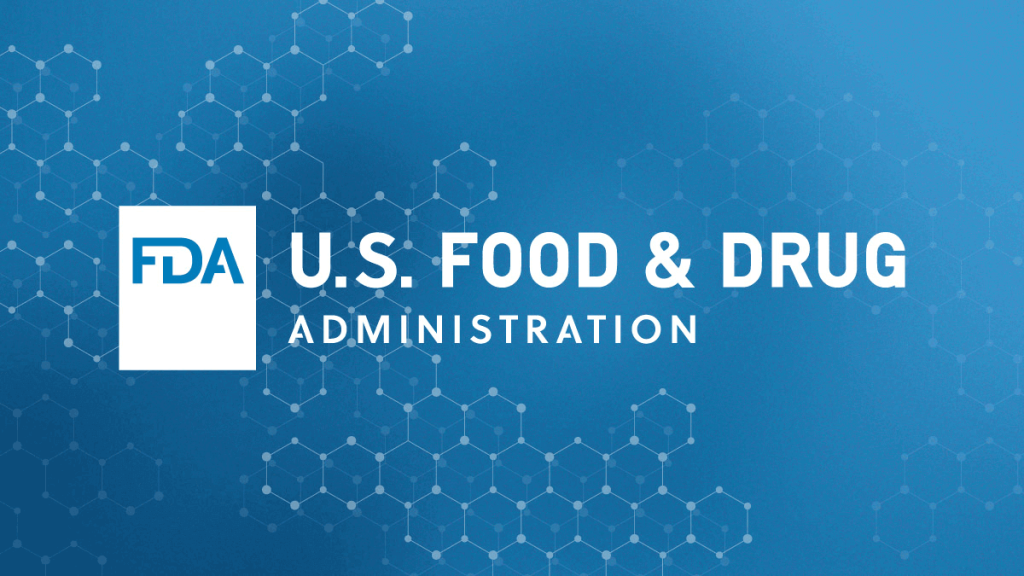FDA Opens its Doors Wider: Publishing Complete Response Letters for Greater Transparency
Introduction:
In a landmark move towards greater transparency, the U.S. Food and Drug Administration (FDA) has released over 200 Complete Response Letters (CRLs) issued to drug and biological product sponsors between 2020 and 2024. This unprecedented action aims to provide the public, industry stakeholders, and investors with deeper insights into the FDA’s decision-making process regarding drug approvals. The move is expected to foster a more predictable and efficient drug development landscape, ultimately benefiting patients by accelerating the availability of safe and effective treatments. This article delves into the significance of this decision, the content of the CRLs, and the potential impact on the pharmaceutical industry and public health.
Understanding Complete Response Letters (CRLs)
CRLs are formal communications from the FDA to drug sponsors informing them that their application for drug or biological product approval cannot be approved in its current form. They are issued after the FDA completes its review cycle, signaling the identification of deficiencies that must be addressed before approval can be granted. These deficiencies can span a wide range of issues, with the most common including:
-
Safety and Efficacy Concerns: The FDA may have concerns about the safety profile of the drug, potentially including side effects observed during clinical trials or concerns about the potential for long-term adverse effects. Efficacy concerns may arise if the clinical trial data does not demonstrate a statistically significant and clinically meaningful benefit compared to a placebo or existing treatments.
-
Manufacturing Deficiencies: The FDA meticulously reviews the manufacturing processes of drug products to ensure consistency, quality, and safety. CRLs may cite deficiencies related to manufacturing facilities, quality control procedures, or the overall manufacturing process. These deficiencies need to be addressed to ensure the drug product is manufactured according to established standards.
-
Bioequivalence Issues: For generic drug applications, the FDA requires demonstration of bioequivalence to the reference listed drug. Bioequivalence refers to the rate and extent to which the active ingredient is absorbed and becomes available at the site of action. CRLs may cite bioequivalence issues if the generic drug does not demonstrate comparable bioavailability to the reference drug.
The CRLs typically provide specific details about the identified deficiencies and may include recommendations for addressing them. These recommendations can range from requiring additional clinical trials to modifying manufacturing processes or providing further data to support the drug’s safety and efficacy.
Why Publish CRLs Now? A Push for Transparency and Predictability
The FDA’s decision to publish CRLs represents a significant departure from its historical practice of keeping these letters confidential. The rationale behind this shift is rooted in the desire to increase transparency, improve predictability, and promote efficiency within the drug development process.
Transparency: Previously, the lack of public access to CRLs created an information asymmetry between the FDA and drug sponsors, making it difficult for the public, investors, and other stakeholders to fully understand the reasons behind drug approval decisions. This lack of transparency could lead to speculation, misinformation, and a lack of public trust in the FDA’s regulatory process.
Predictability: According to FDA Commissioner Marty Makary, “For far too long, drug developers have been playing a guessing game when navigating the FDA.” By publishing CRLs, the FDA aims to provide drug developers with a clearer understanding of the Agency’s expectations and the types of deficiencies that commonly lead to non-approval. This increased predictability can help companies avoid costly mistakes and allocate resources more efficiently.
Efficiency: The publication of CRLs can also promote efficiency within the drug development process by allowing companies to learn from the mistakes of others. As highlighted by the FDA, sponsors often misrepresent the reasons for non-approval to their stakeholders, and the lessons learned from non-approvals are not always shared within the industry. By making CRLs publicly available, the FDA hopes to facilitate knowledge sharing and prevent companies from repeatedly making similar errors.
Content of the Published CRLs: Redactions and Focus
The initial batch of published CRLs, which are accessible on the openFDA platform, relate to applications for drugs and biological products that have since been approved. This means that the deficiencies identified in the CRLs were ultimately addressed by the sponsors, leading to the eventual approval of the product.
To protect trade secrets and confidential commercial information, the FDA has redacted certain portions of the CRLs before making them publicly available. However, the core information about the reasons for non-approval and the recommendations for addressing the deficiencies remains intact. This allows stakeholders to gain valuable insights into the FDA’s decision-making process without compromising proprietary information.
Impact and Implications
The publication of CRLs is likely to have a wide-ranging impact on the pharmaceutical industry, investors, and the public health community.
For the Pharmaceutical Industry:
-
Improved Drug Development Strategies: Access to CRLs will help drug developers better understand the FDA’s expectations and avoid common pitfalls in the drug development process. This can lead to more efficient clinical trial designs, improved manufacturing processes, and more robust data packages, ultimately increasing the likelihood of approval.
-
Enhanced Risk Assessment: Investors can use the information in CRLs to better assess the risks associated with investing in pharmaceutical companies. By understanding the types of deficiencies that the FDA commonly identifies, investors can make more informed decisions about which companies and projects to support.
-
Increased Accountability: The publication of CRLs will increase accountability within the pharmaceutical industry by holding companies responsible for addressing deficiencies identified by the FDA. Companies will be more likely to invest in quality control, manufacturing processes, and clinical trial design to avoid receiving a CRL and facing public scrutiny.
For the Investment Community:
- More Informed Investment Decisions: Investors gain access to a richer data set for evaluating the likelihood of a drug’s approval. Understanding the FDA’s specific concerns can help refine investment strategies.
- Greater Transparency for Market Analysis: The increased transparency allows for more accurate market forecasting and analysis, reducing the risk of unexpected regulatory setbacks impacting investment portfolios.
For the Public Health Community:
-
Faster Access to Safe and Effective Treatments: By promoting efficiency and predictability within the drug development process, the publication of CRLs can help accelerate the availability of safe and effective treatments for patients.
-
Increased Public Trust: Increased transparency in the FDA’s decision-making process can help build public trust in the Agency and the regulatory system.
-
Better Informed Healthcare Professionals: Healthcare professionals can use the information in CRLs to better understand the safety and efficacy profiles of drugs and make more informed decisions about prescribing medications.
Criticisms and Potential Challenges
While the publication of CRLs has been widely praised as a step in the right direction, some potential challenges and criticisms should be considered:
-
Potential for Misinterpretation: The redacted nature of the CRLs and the complexity of the scientific and regulatory issues involved could lead to misinterpretations and misunderstandings.
-
Increased Scrutiny of the FDA: The publication of CRLs could subject the FDA to increased scrutiny from the public, industry, and Congress. This could create pressure on the Agency to approve drugs more quickly, potentially compromising safety and efficacy standards.
-
Competitive Disadvantage: Some companies may argue that the publication of CRLs gives competitors an unfair advantage by providing them with insights into their proprietary research and development activities.
Conclusion
The FDA’s decision to publish Complete Response Letters represents a significant step towards greater transparency and predictability in the drug development process. By providing the public, industry stakeholders, and investors with deeper insights into the Agency’s decision-making, the FDA hopes to foster a more efficient, accountable, and ultimately, more patient-centric regulatory system. While potential challenges and criticisms exist, the potential benefits of this move outweigh the risks. As the FDA continues to explore ways of providing the public with greater transparency, it is likely that this decision will have a lasting and positive impact on the pharmaceutical industry and public health. It sets a new standard for regulatory openness, one that other agencies may be encouraged to emulate. This move underscores the FDA’s commitment to its mission of protecting public health by ensuring the safety and effectiveness of drugs and biological products available to the American public.





